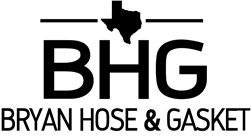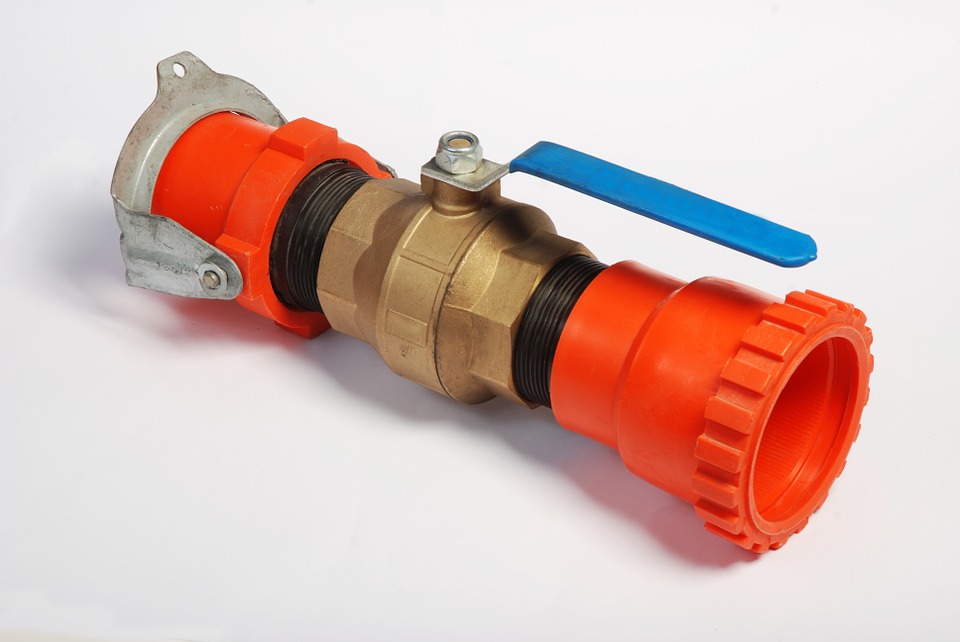Valves are not necessarily the most exciting tool in any toolkit. However, they’re not only heroes in their own right but absolutely vital to make any building’s management system run smoothly. Knowing what kind of valve you need when you’re working with a range of pressure applications is crucial. We will discuss a few factors to consider when choosing the right valve for the job.
Choosing the Right Valve for the Job
Ball Valves
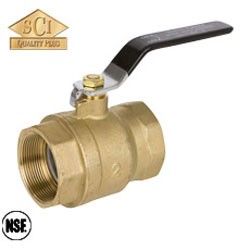
The ball valve may be the right one for you if your job involves throttling clear water. These operate with a ¼ turn and can function fully opened or fully closed. Ball valves have low pressure drops which allows them to open or close quickly.
Also, they are user-friendly. Therefore, it is easy to maintain or regulate high pressure, high volume or high flow of temperature with ball valves.
Butterfly Valves
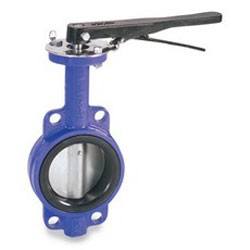
Butterfly valves are joining ball valves in the “quarter-turn valve” family. If you need to prevent back-flow in applications which contain a unidirectional flow, butterfly valves are for you. They are common for handling large flows of gases or liquids. This includes slurries (a semi-liquid mixture of water blended with particles of manure, cement or coal).
Butterfly Valves from Bryan Hose & Gasket come in a variety of different styles, including wafer-style or lug-style.
Gate Valves
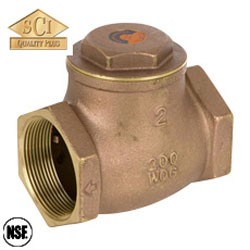
Similar to ball valves, gate valves are to operate fully opened or closed. They are common to allow or prevent the flow of liquids when minimum restriction or straight line flow is preferred.
Gate valves prevent fluid hammer, which can harm piping systems. They also provide a positional seal under pressure when utilized in a fully closed state. These valves are not to regulate the flow of liquid. Therefore, make sure to use them either fully closed or fully open at all times.
Check Valves
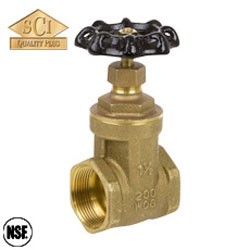
Also known as non-return, one-way and clack valves, check valves are different from other types of valves in their ability to pass fluid in solely one direction.
This type of function is essential for a variety of safety applications, as well as for preventing overflow.
Globe Valves
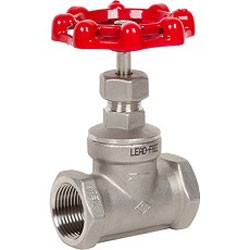
Unlike gate valves, globe valves do regulate the flow of liquids within a pipeline. They have an unobstructed flow and prevent fluid hammer as well because they close slowly. Globe valves are ideal for applications that are generally shut unless there’s use of liquid.
Gate valves from Bryan Hose & Gasket come in two-port, three-port or angle globe valves, depending on the angle in which you are configuring flow. The “Z” pattern of these valves allows them to restrict more flow than gate, butterfly or ball valves. Therefore, take this into consideration when making your selection.
These are just a few factors to consider when choosing the right valve for the job. If you are still unsure of which type of valve is right for you, don’t hesitate to contact Bryan Hose & Gasket with the link below for more information!
